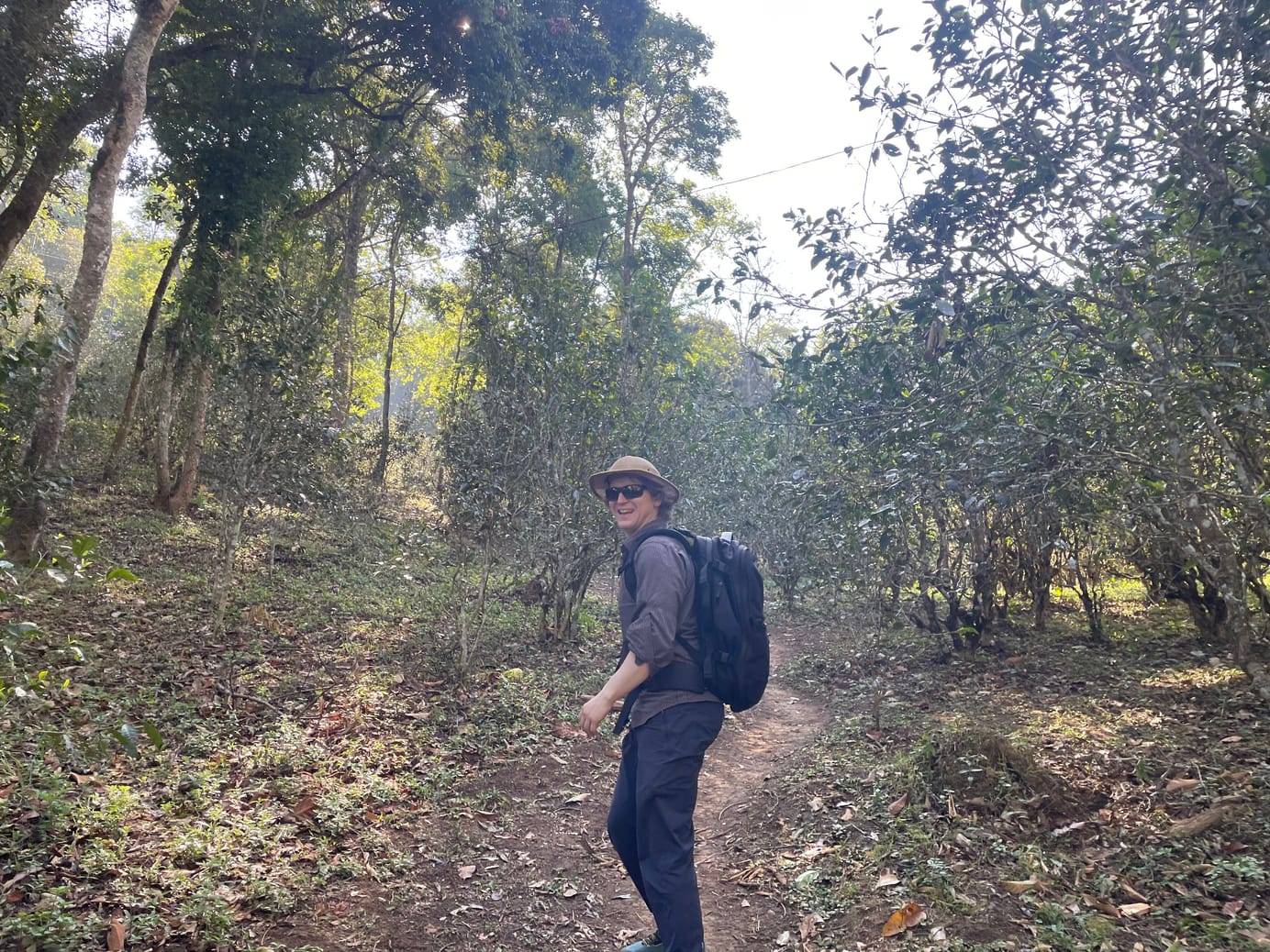
Editorial Conversations: Book 1 - Chapter 4: The Future of Chinese Tea Ceremony
Where is Gongfu Cha going? It is inarguably a dying art; while tea is resurgently popular, tea ceremony is a niche praxis practiced by few, mastered by fewer, and insufficiently culturally-prevalent to support the related arts necessary for its progression.
The show is also available on YouTube and Spotify.
Errata
- 0:55 - Ryan says "The set of conditions that made Chinese tea ceremony a living art and a practice are really important to in-person learning…" ; he meant that in-person learning is a critical part of developing your practice in Chinese tea ceremony.
- 8:55 - Where Jason discusses the existence of institutions and states that perhaps none exist without a financial motive or attachment to a merchant, he wishes to clarify that he is specifically referring to institutions teaching within the Literati Tradition, and is specifically not including the schools within the spiritual path of tea, such as our friends at Global Tea Hut, who we greatly appreciate and respect.
- 9:24 -Jason mentions "Ten Ren school of Chinese tea" which is not the precise name of the tea lesson program Ten Ren operates.
- 9:58 - Jason mentions "Midorikai" - more information can be found here: http://www.urasenke.or.jp/texte/uac/midori/index.html
- 15:57 - Patrick says the production of tea has increased in basically every major growing country other than Japan. According to data from the Japanese ministry of agriculture, forestry and fisheries Japanese tea production peaked to about 0.1M metric tons in 2004 and has been in decline since as planted acreage and consumer demand for whole leaf tea has dropped in Japan. Production in Japan hovered in the 0.08M metric tons range for the past decade and sharply declined to about 69,000 Metric tons in 2020.
- 16:08 - Patrick says that China made "about 1.8M metric tons of tea about 5 years ago (2016)" this is incorrect. According to Statista.com, China made about 1.8M metric tons of tea in 2012, 2.3M metric tons in 2016, and 2.8M metric tons in 2019. The general trend is correctly stated as increasing. The COVID-19 pandemic did impact some tea harvesting regions and so 2020 harvest numbers may be lower than previous years.


